7 German Home Traditions Posted by Constanze on Feb 17, 2021 in Culture, Traditions
Guten Tag! Last time on the blog, we looked at some of the features of a German home. Today, continuing on the theme of ‘Wir bleiben zuhause’ (‘We’re staying at home’), we’ll look at some German home traditions.
German Home Traditions: Housewarming
A tradition surrounding die Hauseinweihung (housewarming) in Germany is to give bread and salt to loved ones as a housewarming gift, as this indicates that you hope they’ll never go hungry; bread is a staple food, and salt acts as a preservative. There is even a German saying about the bread and salt tradition:
Brot und Salz – Gott erhalt’s!
Bread and salt – God preserve it!
Relevant vocabulary:
Die Hauseinweihung – housewarming
Das Brot – bread
Das Salz – salt
German Home Traditions: Kehrwoche
Literally ‘sweep week’, Kehrwoche is a tradition common to apartment buildings in Germany. To keep the apartment block clean, residents must take it in turns to perform duties such as sweeping the floors in the communal areas, cleaning the windows, watering the plants, and so on. This is taken seriously in Germany- in some cases, you could be breaking your rental contract if you do not co-operate in Kehrwoche. You can read more about Kehrwoche here!
Related vocabulary:
kehren – to sweep
die Woche – week
putzen – to clean
der Mietvertrag – rental contract
German Home Traditions: Richtfest
Richtfest is a tradition for those who have just finished building their house (or, in some cases, had major renovations done to the roof). When the house is declared finished – usually when the final roofing element is complete-, Germans like to have a mini-ceremony called Richtfest to thank all the construction workers and to declare their house ‘open’. You can read more about the Richtfest tradition here.
Relevant vocabulary:
Das Richtfest – topping out ceremony
Das Haus – house
Das Dach – roof
Der Bauarbeiter – construction worker
German Home Traditions: Ghost guard dogs
This one falls into the category of German superstitions. It is believed that, if your dog dies and you bury them underneath your front doorstep, their spirit will guard your house. Spooky, or comforting? You decide.
Relevant vocabulary:
Der Aberglaube – superstition
Der Hund – dog
Die Eingangsstufe – doorstep
Der Geist – spirit
German Home Traditions: Chalking the doors
This is a new year tradition common to Catholic regions of Germany, where houses and shops receive new year’s blessings by having an inscription chalked onto their front doors. You can see what the inscriptions look like in the photo above, and can read more about chalking the doors by clicking through to this post.
Relevant vocabulary:
Das Neujahr – New Year
Die Kreide – chalk
Der Segen – blessing
Die Inschrift – inscription
German Home Traditions: Kaffeeklatsch / Kaffee und Kuchen
The Germans have a great fondness for inviting people over to each other’s houses for Kaffee und Kuchen (coffee and cake), a tradition which you can learn more about in this post. Also referred to as Kaffeeklatsch (literally ‘coffee chat’ or ‘coffee gossip’), this tradition is thought to have originated in the 17th century, when coffee houses first became popular in Germany; women, who were not permitted to go to coffee houses at the time, would instead gather in each other’s homes to enjoy the coffee and chat. Though things are very different today, Kaffee und Kuchen Kultur is still a much-loved part of German life, be it in someone’s home or in a cafe. Read more about Kaffeeklatsch here.
Relevant vocabulary:
Der Kaffee – coffee
Die Kultur – culture
Der Klatsch – gossip
plaudern – to chat
German Home Traditions: Barbarazweig
Barbarazweig is a December tradition in honour of Saint Barbara, celebrated in some Christian households. Literally ‘Barbara branch’ or ‘Barbara twig’, the Barbarazweig tradition involves placing a cherry leaf branch in a vase in your home on December 4th. If it blooms by Christmas day, you will have good luck in the coming year. A cherry leaf branch in a vase in December may seem odd, but should you ever visit a German home and see one, you now know what it signifies! Read all about the Barbarazweig tradition here.
Relevant vocabulary:
Der Kirschzweig – cherry leaf branch
Die Vase – vase
Read part one, ‘Features of a German home’, here.

Build vocabulary, practice pronunciation, and more with Transparent Language Online. Available anytime, anywhere, on any device.



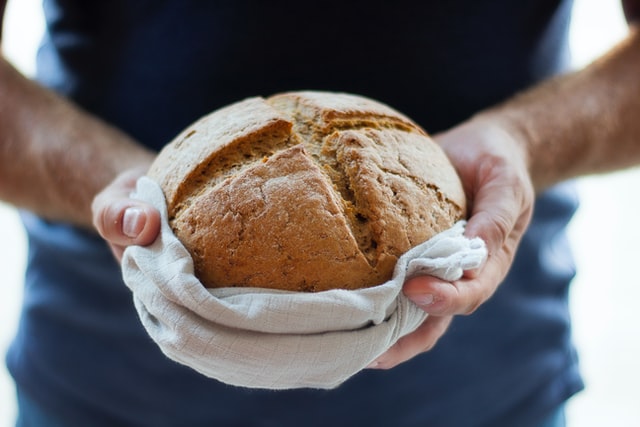
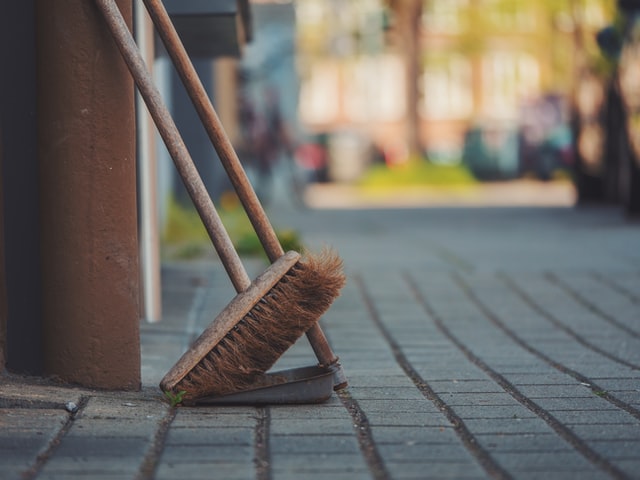
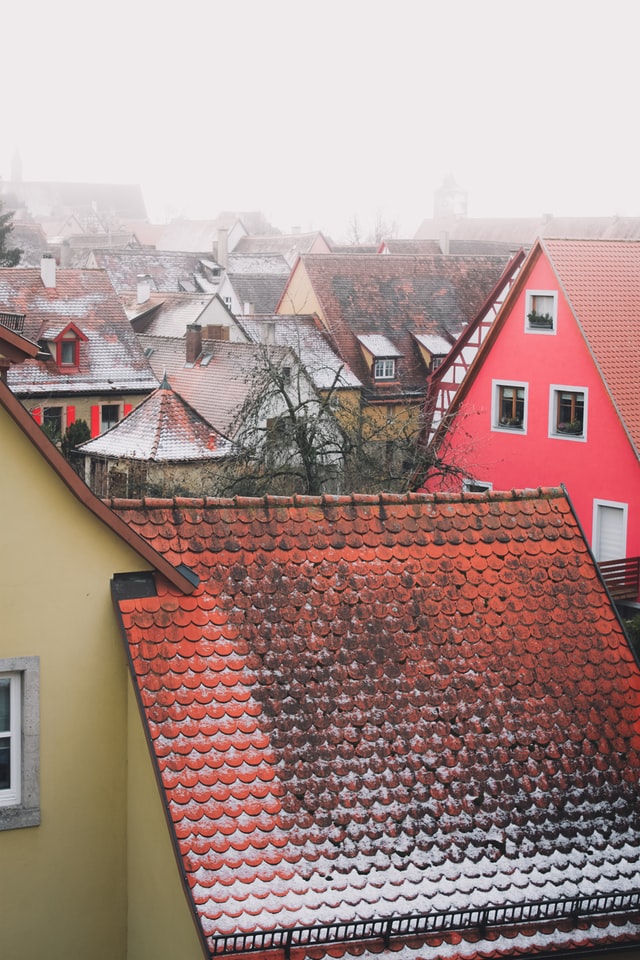
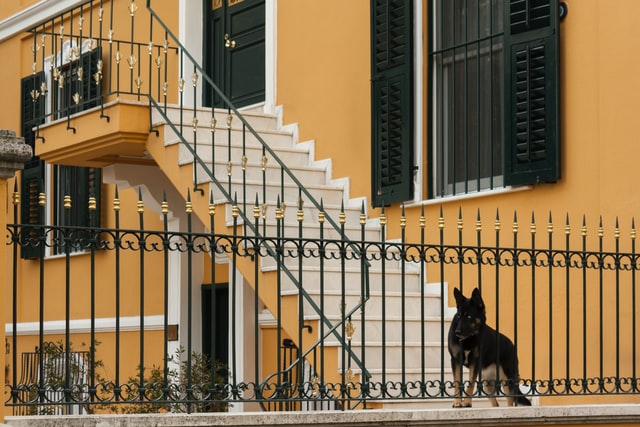
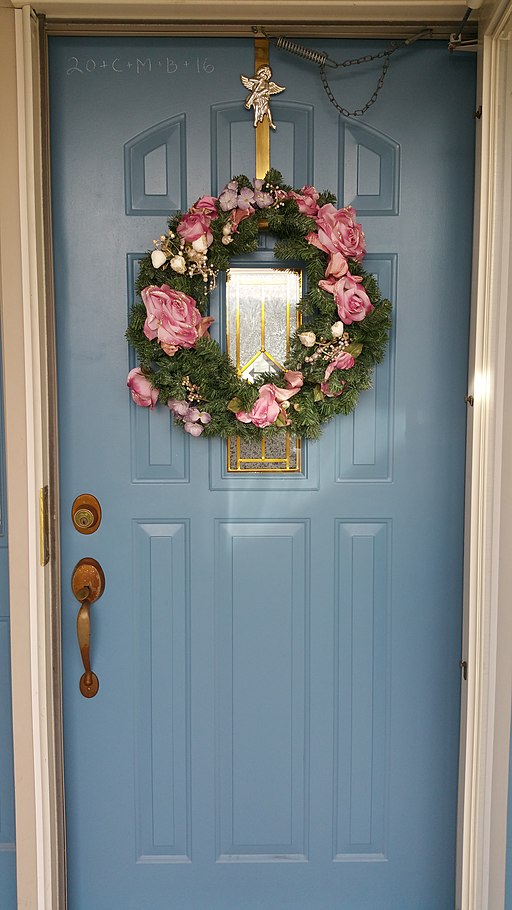
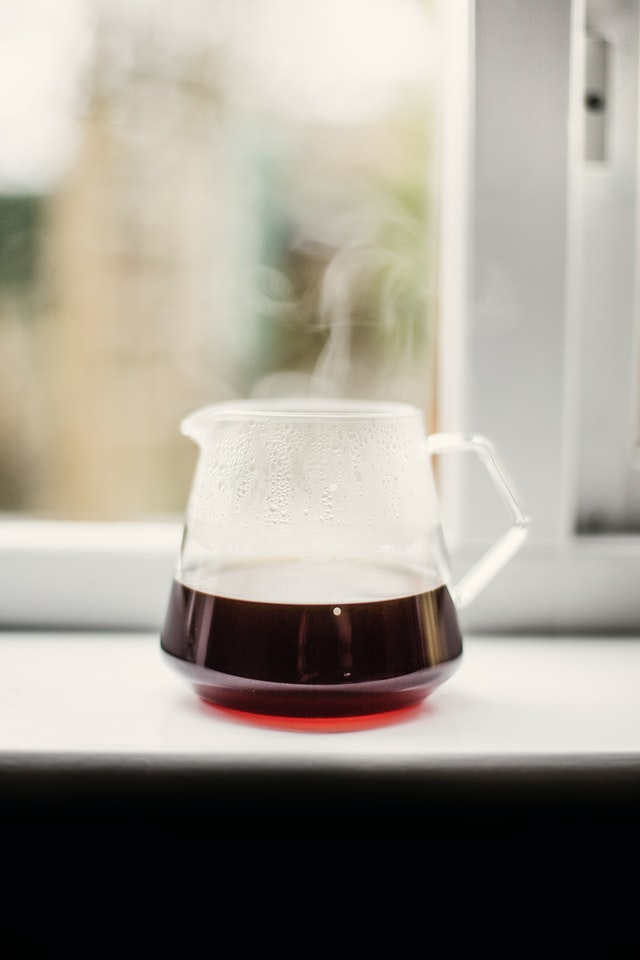


Comments:
Thyphane:
Gruß Gott, Liebe Constanze aus Afrika.
Ich danke dir, denn dein Blog ist für mich ein ausgezeichneter Hilfsmittel im Laufe des Lernens der deutsche Sprache.
Constanze:
@Thyphane Freut mich! 🙂